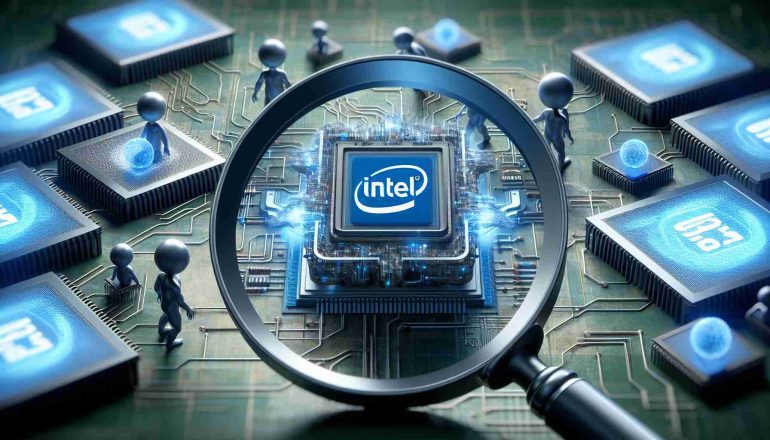- Intel faces significant competition from Nvidia and AMD in the AI chip market.
- The company’s transition from traditional CPUs to AI-focused chips has been slow.
- Nvidia’s well-established AI ecosystem continues to outperform Intel’s Gaudi chip sales.
- CEO Pat Gelsinger’s five-year plan includes restructuring and separating chip design from manufacturing.
- Internal disagreements and leadership changes have raised doubts about Intel’s AI strategy execution.
- Intel could improve its position through partnerships and leveraging relationships with data centers and cloud providers.
- The company’s aging chip architecture and delayed product launches have hindered its competitiveness.
- Analysts suggest Intel can still pivot if it accelerates innovation and refocuses on AI applications over traditional markets.
Main AI News:
Intel’s recent shift toward artificial intelligence (AI) draws significant attention as it grapples with intense competition from industry leaders like Nvidia and AMD, which are surging ahead in the AI chip market. With the growing demand for AI-driven solutions, Intel faces pressure to reevaluate its strategy to stay relevant in this rapidly evolving sector.
The company’s challenges stem largely from its longstanding reliance on traditional CPU manufacturing and its slow transition to AI-focused chip production. In contrast, competitors like Nvidia have successfully built robust ecosystems that integrate AI hardware and software, allowing them to dominate the market. In response to these pressures, Intel CEO Pat Gelsinger has spearheaded initiatives, including creating an AI Acceleration Office led by Srinivasa Lingam. This move underscores Intel’s commitment to AI, yet the results remain modest compared to those of its rivals.
Intel has projected $500 million in sales from its Gaudi 3 chips, a fraction of Nvidia’s tens of billions in GPU sales, widening the gap between the two companies. Gelsinger’s five-year transformation plan, which includes separating chip design from manufacturing, aims to improve Intel’s market position. However, ongoing internal disagreements and recent management turnover have cast doubt on the company’s ability to execute its AI strategy effectively.
Despite these efforts, Intel remains behind its competitors. Nvidia’s substantial investments in AI research and development have helped it build a comprehensive platform that seamlessly integrates with AI applications, further securing its dominance in the field. While Intel’s Gaudi chips have entered the market, they have yet to impact it significantly. Analysts are skeptical of Intel’s ability to close the gap. However, they acknowledge that the company’s vast resources could enable it to pivot successfully if it improves its internal operations and execution.
In the future, Intel may find opportunities to strengthen its position in AI by forming strategic partnerships with AI software developers and technology firms and integrating its hardware into widely used AI frameworks. Its strong relationships with data centers and cloud providers could also help the company introduce AI solutions into existing infrastructure, potentially allowing for deeper market penetration. However, to remain competitive, Intel must accelerate its innovation pipeline and improve its execution.
A key challenge for Intel is its reliance on aging chip architectures, which need to catch up to specialized GPUs and tensor processing units (TPUs) offered by Nvidia. Furthermore, Intel’s slow response to evolving market demands has limited its ability to stay ahead in the AI race. Leadership restructuring and organizational changes have raised concerns about the company’s long-term commitment to AI innovation and its strategic direction.
Some industry observers argue that Intel has the necessary resources and capabilities to realign its focus and compete effectively in the AI market. However, these critics caution that the company must swiftly prioritize AI applications over traditional markets, which may no longer provide the same growth opportunities.
Conclusion:
Intel’s current struggles in the AI sector highlight the critical importance of innovation and timely market response in the competitive chip industry. While Nvidia and AMD continue to lead with advanced AI-focused solutions, Intel’s internal challenges, including leadership turnover and slow adaptation to AI technologies, have trailed. However, the company’s vast resources and industry relationships offer the potential for recovery if Intel can realign its strategic focus, enhance its R&D efforts, and capitalize on partnerships. For the broader market, Intel’s progress—or lack thereof—will shape competitive dynamics in AI hardware, with implications for data centers, cloud services, and tech companies dependent on cutting-edge AI chips.

